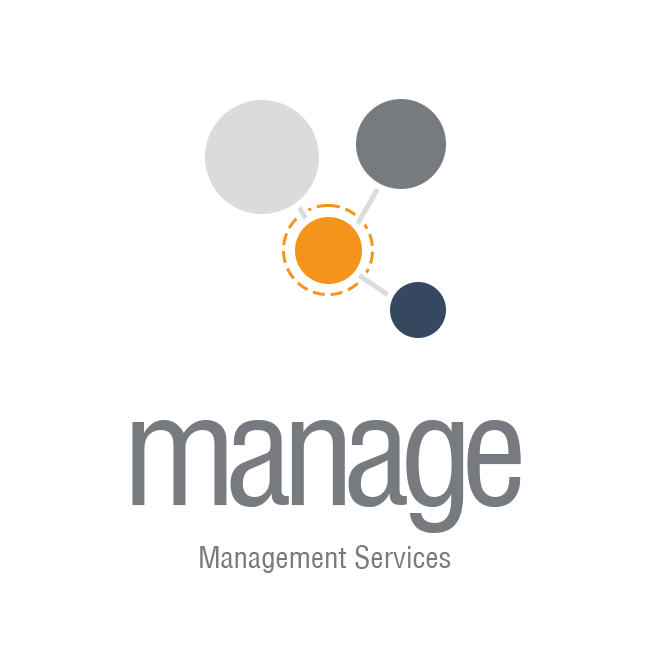Precise process definitions and interface descriptions, clear responsibilities, early reaction to errors, and simple organizational methods lead to stable processes for efficient work.
But that is sometimes easier said than done. The more people are involved in a project, the more complex communication and coordination become. Corporate groups typically organize themselves in silos – there is rarely any talk of “lean” in the sense of “streamlined”. Unfortunately, typical for such closed-off areas are also labyrinthine decision-making channels. This makes effective project management difficult. Rigid and old-fashioned management concepts are usually much too slow to keep up in fast-moving times.
Those who have no experience with agile project management often suspect that it leads to chaos because there are no hierarchies, and everyone does what they want. After all, a project needs responsibilities and distribution of tasks.
Yes, it needs that and that’s exactly what it gets with the agile approach.
Through the pull principle, tasks are completed according to need and not according to specification. This strengthens the commitment of each individual. It leads to more responsibility in the project, not less.
Unforeseen events and planning changes can occur in any construction project and at any stage. Many disruptions in the construction process are due to changes in the original planning. They cannot be completely avoided even with competent planning; new findings must be considered as early and quickly as possible. If the project organization is prepared to react to planning changes right from the start, the construction process is accelerated, and costs are reduced.
Agile methods promote project management through timely feedback, learning from experience, a high degree of transparency, a constructive approach to change and a corresponding value system. Projects benefit from the different knowledge, skills, and perspectives of those involved. This requires well-functioning self-organization. The pull principle, i.e. working according to need and not according to plan, strengthens personal responsibility and motivation – a shared view of the project is promoted.
Feedback is also a prerequisite for continuous improvement of the process in collaboration. A corresponding project environment ensures transparency and supports the agile way of working.
This is part of the agile approach:
- Recording of tasks in a central database
- Structuring and prioritizing in sprints.
- Regular stand-up meetings to identify and remove potential obstacles more quickly. Sprint review to evaluate the results
Learn about the advantages of the agile approach for your project, let’s get talking. Martin Otte, +49 (30) 166 397 57.



